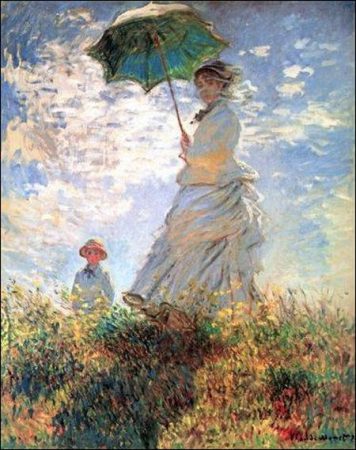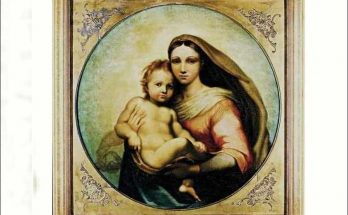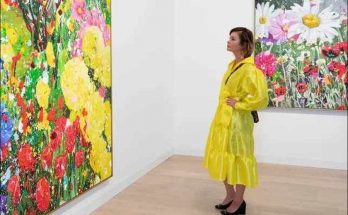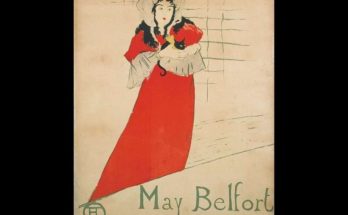A variety of grays. Any color that everyone calls yellow or green or blue is gray for the painter. Except primary colors. The image is already made up of gray. Each color is actually a mixture, each color is gray. Except primary colors.
Gray is a big problem. It has a nice looking gray. This is called ‘qualified gray’. But often when painting, the colors get dirty. And unqualified grays emerge. Like a singer being detonated.
Capturing those perfect ‘qualified’ grays and capturing the clarity of color instead of getting out of that filth, fading and sharpness… that’s what the real master achieves.
One of the earliest minds, Monet developed the technique of painting the paint directly on the canvas to avoid staining the colors in the picture.
For example, we want to see a good orange (actually this is gray). What was Monet doing? He drives a qualified red (actually this is gray), he drives a qualified yellow (actually this is gray). And he’s looking at the picture a few steps back. Our eyes perceive orange as two next to each other.
You will say red and yellow is not the main color? How is it gray? That’s not how it works. Magenta, for example, is the main color. Other reds are mixed with other colors. So gray.
You say you don’t need black to be gray? And white. No never. We don’t use black. Black mix of all colors. A real gray, actually. But Monet refused to use it.
Why don’t we use black. How do we make darker places? Here Monet said: ‘In the picture we are looking for the light, we are looking for the nature’s wiggling, wiggling dance. We are looking for the impression it offers. So he set up a movement called Impressionism.
No black if there’s light. What about the shadow? Look at nature. Is the shadow black where there is light? It’s not even dark. The contrasting color of what we usually see is shade.
Moreover, we do not have coarse volumes. In the light, what do they look like when they’re big and big? Rough coarse volumes? No, that’s not our impression. There we see colors, light and movement.
This is how Impressionism was born.
Visits: 67



